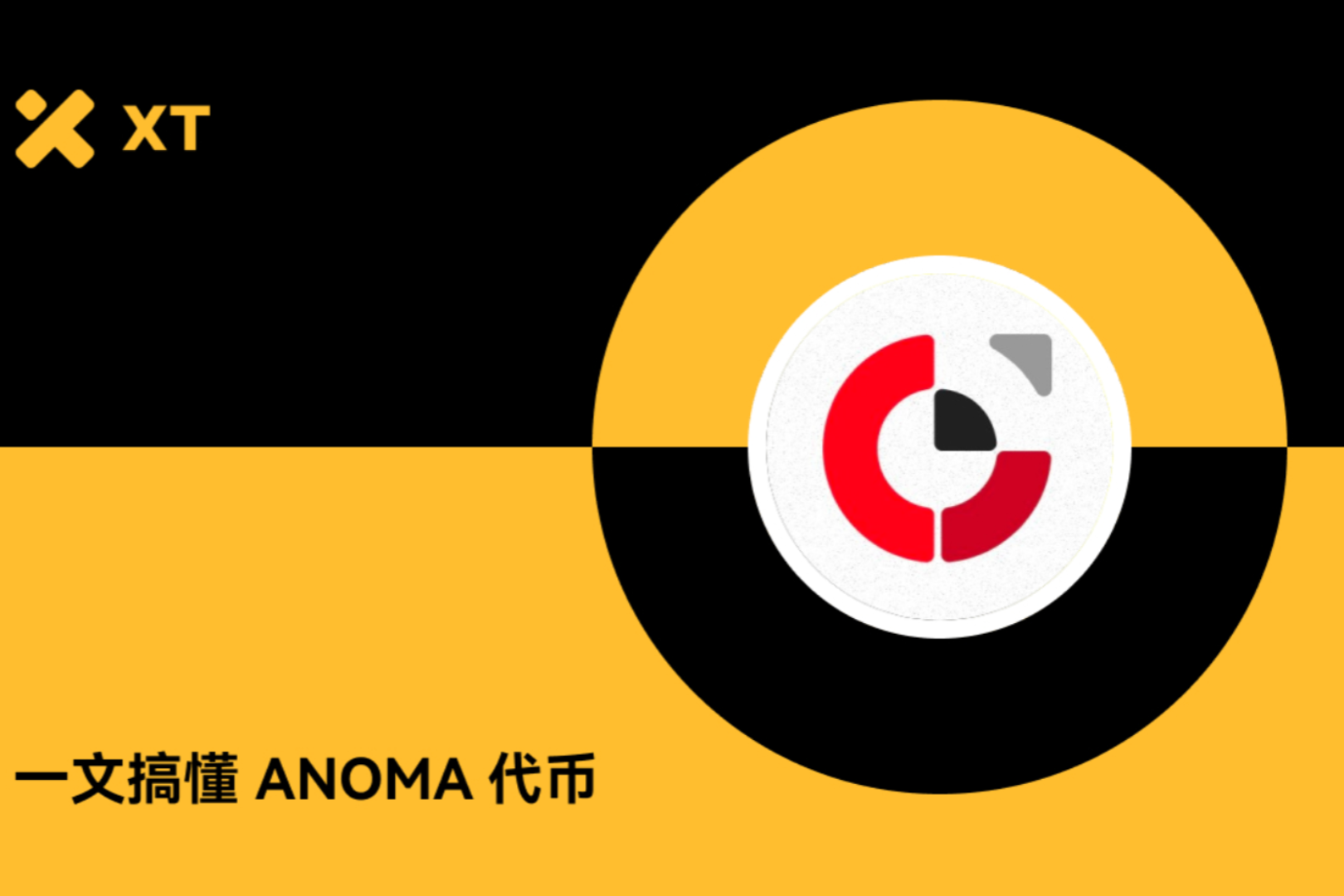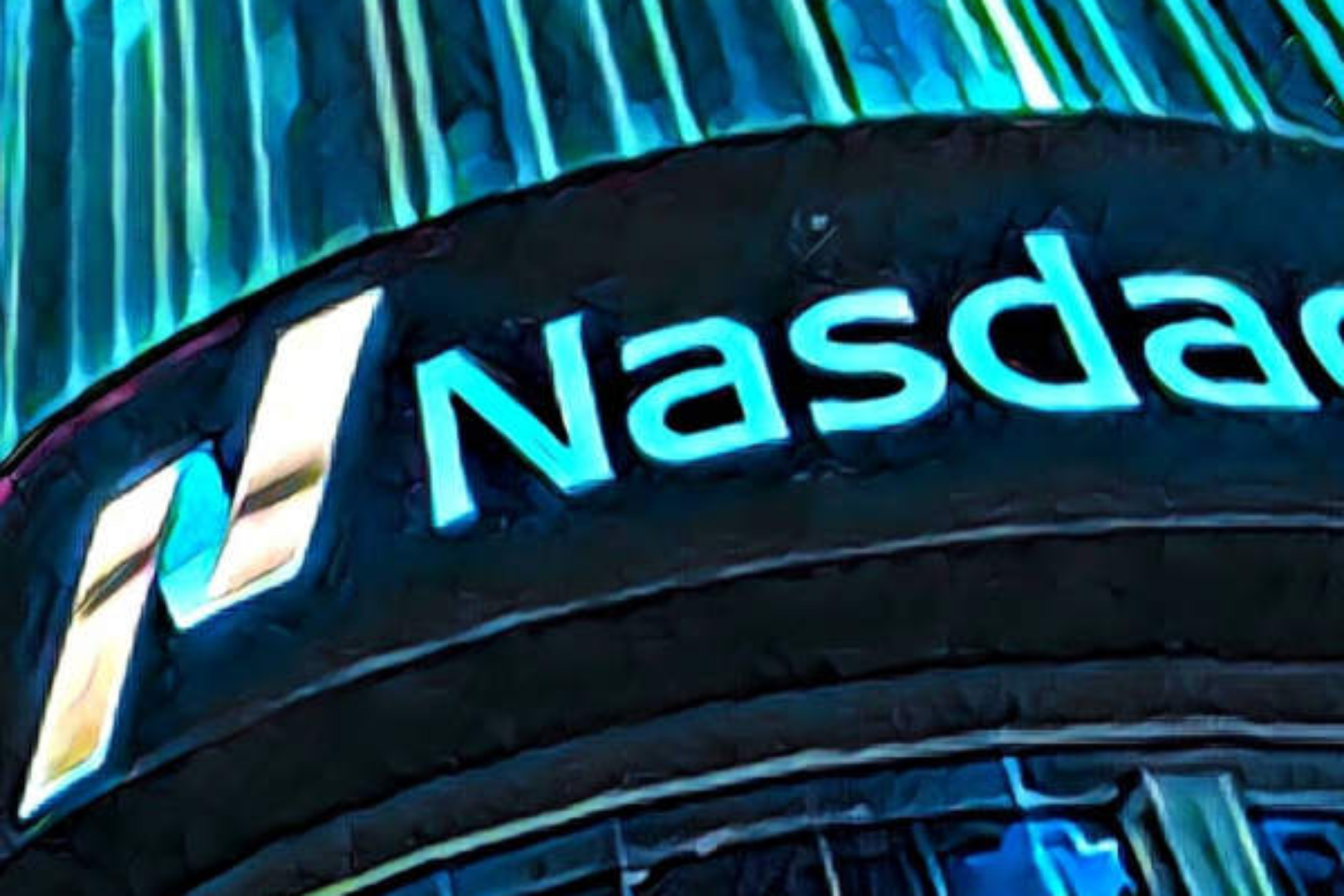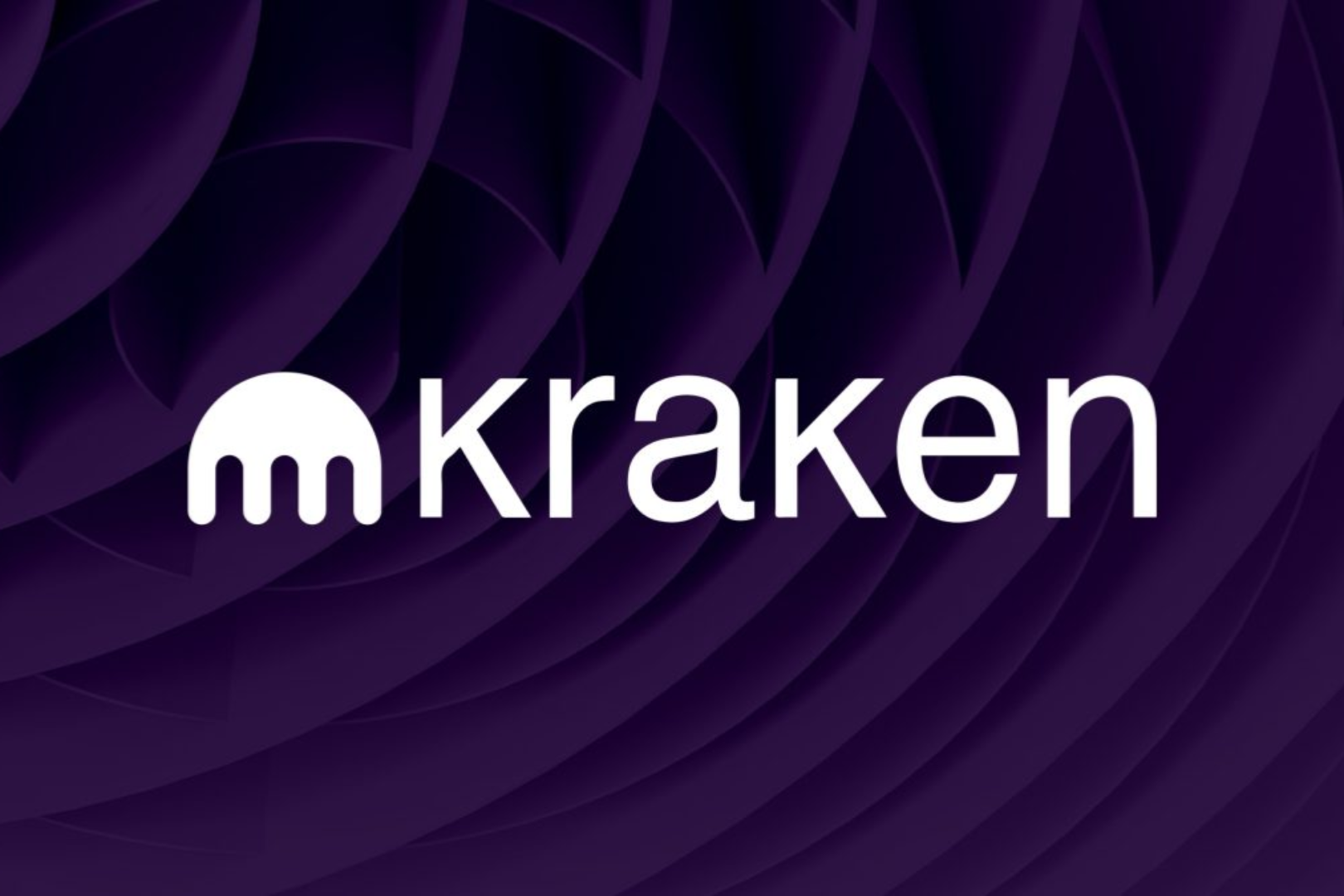
Editor's Note: This article comes fromCrypto Valley Live (ID: cryptovalley)Editor's Note: This article comes from

Crypto Valley Live (ID: cryptovalley)


, Author: Howard Yuan, typesetting: Roy Wang, reprinted with authorization by Odaily.In a blink of an eye, 2019 is coming to an end, and it is time for a year-end summary. Looking back at the past small trends in investment in the encrypted asset market, I have taken stock of some of the seven major market hotspots I have observed, with a view to looking forward to the future. 2020 is another "halving year" for BTC. We seem to be looking forward to it for a long time. However, are we all ready?
BTC's unique

dance
2019 can be described as a roller-coaster market. From the darkest moment at the beginning of the year, to the violent breakthrough in April, the carnival in June, and then the sharp adjustment in half a year, it seems to be an eternal law. However, for investors who experienced the first token financing feast in 2017 and were full of copycats, 2019 will be painful. This is a market where BTC dances alone.

The market capitalization ratio of BTC once exceeded 70%. At the beginning of the year, BTC accounted for just over half of 51%. As of the time of writing, the market capitalization ratio of BTC is still as high as 68.8%.

In terms of income, under the strong squeeze of BTC this year, most of the cottages have underperformed BTC. Among the top 10 mainstream currencies, only BNB (23%) and XTZ (39.8%) outperformed BTC, and XRP, the worst performer, fell 74% compared to BTC, while the lower-ranked cottages performed even worse .

In addition, if liquidity is taken into account, we will find that BTC is the only consensus in a bear market. According to The Block’s research, 95% of encrypted assets are trading poorly. The current liquidity of BTC is 5 times that of ETH, which is the highest among other top-ranked More than 10 times that of 20 encrypted assets.
Outlook for 2020: BTC is the anchor of the entire encrypted asset market and has the strongest consensus. Based on BTC's "digital gold" positioning and its hedging tool for global macro-political and economic risks, as BTC-related infrastructure (custody, derivatives) market and trust funds), BTC is the first choice for most traditional institutions to enter the market. We have reasons that the BTC dominance will continue to maintain between 60% and 75% for a long period of time. The Matthew effect of the strong and the strong has always been the case in various markets.

The DeFi Boom

2019 is indeed the first year of DeFi. We are delighted to see that the explosion of the DeFi field has brought new topics to the encryption world. Google's keyword search also gives a popularity analysis.

This year, we have seen the total amount of assets locked in DeFi more than double to $650 million. At the same time, a variety of new products have emerged, such as Uniswap on the decentralized exchange (Dex) (the size of pledged assets has increased by 52 times), InstaDapp (the size of pledged assets has increased by 267 times) in lending Lending, and Synthetix (the size of pledged assets has increased by 267 times) in derivatives. From its launch at the end of February to December, the scale of pledged assets has increased by 104 times). Compound, a star project in Lending, has achieved a 6.6-fold increase in pledged assets, while MakerDAO, the original lending monopoly, has achieved a 32% increase despite a decline in market share.

The explosion of derivatives
2020 Outlook: At present, the only thing that can support the good fundamentals of ETH is the vigorous DeFi ecology. We foresee that DeFi will continue to develop in depth. The total scale of DeFi is expected to exceed the scale of 1 billion US dollars. However, it is currently subject to Ethereum Bottlenecks such as users, performance, and asset scale, especially next year's Ethereum PoS upgrade may have a greater impact on DeFi. We believe that we should pay more attention to DeFi products based on cross-chain protocols such as Polkadot and Cosmos, and use cross-chain technology to open up dormant assets and users on BTC. At the same time, we should pay attention to some high-performance public chains such as Conflux and Algorand in solving DeFi transactions. A useful attempt on performance bottlenecks.

The explosion of derivatives

In addition to some crypto-native trading derivatives exchanges, we have seen the entry of the regular army, and traditional financial institutions such as CME/ICE are also actively entering the market. The Chicago Mercantile Exchange CME launched its own BTC futures product in 2017. CME's third-quarter report shows that institutional investor clients have strong demand for BTC. CME's daily open interest is nearly 50,000 contracts, an increase of more than 60% from the same period last year.

Bakkt entered the encryption market with the "halo" of ICE Intercontinental Exchange. ICE is the parent company of the New York Stock Exchange. Bakkt was established in 2018. After going through twists and turns, it finally launched futures on September 22, which is different from CME's cash delivery BTC futures contracts in Bakkt mode, Bakkt mainly focuses on BTC futures contracts with physical delivery. Although Bakkt’s first-day trading volume was only 72 BTC, the data shows that its trading volume is growing steadily, and the recent daily trading volume has remained above tens of millions of dollars. .
Outlook for 2020: We expect that futures-dominated encryption market trends will become more and more obvious in the future, and dark horses on derivatives exchanges such as Bybit and FTX will continue to appear. At the same time, as exchanges such as OKEx, CME, and Bakkt are about to launch options trading, we expect that the trading volume of derivatives will continue to grow next year, and may reach 20 times the volume of spot trading.

The Rise of Staking
Staking is a concept that emerged at the beginning of the year. After several major public chains based on PoS, such as Cosmos, Tezos, and Algorand, went online, the Staking economy came into being. As of today, the total market value of the encryption market is 190.3 billion US dollars, of which the total market value of staking projects is 10.2 billion, accounting for 5.3%, and the value of locked tokens in these staking projects is 6.34 billion, and the overall pledge rate reaches 62.2%.

If ranked according to the size of the locked market value, the CMC TOP20 projects account for 98% of the Staking sector, and the top-ranked projects mainly include EOS, Tezos, Cosmos, Algorand, Tron, Dash, SNX, etc.


From the trend point of view, the value of tokens locked by Staking increased from 690 million US dollars at the beginning of the year to 6.4 billion US dollars at the end of the year, and the total scale has increased by 8.3 times.
From the perspective of staking income, the average income of projects reaches 12%, and among the top ten staking assets, DeFi rookie Synthetix has the highest yield.
Service providers providing staking services have also sprung up, including various wallets, exchange giants and independent third parties. Among them, the strategic entry of Coinbase and Binance has greatly raised the threshold for Staking competition, while wallet service providers mainly include Hashquark, Cobo, Wetez, etc.
The essence of staking is a "coin-to-coin" business. Staking coin-based rate of return = inflation rate/pledge rate, but if it is denominated in fiat currency, the fluctuation of the currency price itself will greatly affect the rate of return of staking fiat currency. Field time is more important.

Outlook for 2020: We understand that Staking itself is the infrastructure of a PoS network. The core is to maintain the safe and effective operation of the network. With the launch of Polkadot, Dfinity and other mainnets including the upgrade of ETH2.0 next year, we predict that the value of the Staking network will continue to increase.
For quite a long period of time, PoW and PoS consensus will coexist peacefully, and for investors who choose PoS network construction to participate in investing in Staking business, it is more important to choose high-quality underlying assets. As for staking service providers, compared to the current staking volume, the participants in this track are too crowded. We predict that in 2020, there will be big waves to wash the sand, and only 5-10 service providers with strong financial strength and user traffic advantages can In the end, we expect that Staking will eventually move towards relative centralization like PoW mining players.
Stablecoin melee

2019 is destined to be a chaotic and exciting year for stablecoins, except for the pioneer of stablecoins USDT and the Libra that Facebook will issue this year. We also see a lot of other stablecoin players running in. There are centralized stablecoins issued by traditional financial institutions based on alliance chains, the representative one is JPMcoin issued by JPMorgan Chase, and centralized stablecoins issued by many exchanges, such as USDK issued by OKEx, HUSD issued by Huobi, and BUSDT issued by Binance , In addition, there are many niche stablecoins that are mortgaged digital assets similar to DAI are being developed.

In the stablecoin market, USDT is almost a monopoly. Even after Tether, the issuing company of USDT, experienced allegations of illegal operations in New York State this year, the market performance of USDT is still outstanding. Central Bank", USDT has become the "dollar" of the digital currency world, and is widely used in various trading scenarios. Now, the daily trading volume of USDT has far exceeded the trading volume of BTC, and the market value of USDT still occupies more than 80% of the encrypted asset trading market. The volume accounts for 95% of all stablecoin trading pairs, and the 24-hour trading volume of USDT has also steadily surpassed BTC to rank first in the trading pair.


ERC-20 contributed a lot to the re-emergence of USDT. As shown in the figure below, ERC-20 USDT surpassed OmniUSDT on-chain transaction volume in August this year.

The market value of USDT increased from US$1.876 billion at the beginning of the year to US$4.2 billion at the end of the year, a growth rate of 1.2 times, far exceeding the growth rate of the other four major stablecoins, while DAI even experienced negative growth (-40%).
2020 Outlook: Who will become the next stablecoin to shake USDT's supremacy? Judging from the current development situation of stablecoins, it will not be easy for any challenger. We predict that USDT is expected to rank among the top three in market capitalization in 2020. In addition to USDT, USDC may be a powerful successor. In addition, if we look beyond the current stablecoin landscape, the Libra issued by Facebook or the issuance of the central bank's DCEP is an unknown variable in the stablecoin market.
Mainstreaming of Mining
On November 21, 2019, Canaan, a mining machine manufacturer, was successfully listed on NASDAQ in the United States, becoming the first blockchain concept company to be listed on the US stock market. Canaan's listing means that blockchain technology and BTC are increasingly accepted by the mainstream financial market, and the mining industry has entered a new era. In the "Industrial Structure Adjustment Guidance Catalog (2019 Version)" released by the National Development and Reform Commission in November, the "virtual currency mining" that was eliminated in the first draft for comments has been deleted, and BTC mining into the mainstream.

BTC computing power is the stabilizer of the entire encrypted asset market. The latest report from Coinshares revealed that BTC miners received $5.5 billion in block rewards in 2018, of which 5.2 billion was Coinbase rewards and 284 million came from BTC transfer transaction fees. The report predicts that block rewards will reach $5.4 billion in 2019. The report also shows that Chinese miners account for 66% of the BTC computing power, thanks to the fact that the world's top BTC mining machine manufacturers are all from China.
Hashrate growth seems to be an irreversible trend? If we look at the time, we find that in the past ten years, except for a short period in the fourth quarter of 2018, the computing power has basically been in a net growth trend without fear of currency price adjustments.

In May 2020, we are about to usher in the third halving of BTC. Facing the halving of revenue, is mining still profitable? In particular, will the BTC price perform in advance?
Let's look at a picture first, the comparison chart of computing power and price
The price of BTC has increased by 89% from 3800$ at the beginning of the year to 7200$ now
The total computing power of BTC has increased by 151% from 39E at the beginning of the year to 98E now.

In 2019, the increase in computing power exceeded the increase in the price of BTC. Although in June and July in the middle of the year, the price increase exceeded the increase in computing power. Since the second half of the year, BTC has entered a downward channel, but the computing power is still growing. It was not until October and the middle of the month that the increase in computing power gradually slowed down due to the end of the wet season, but it still reached a new high of 111E in December. This also confirms that prices and computing power are strongly correlated, and price changes must come first Due to changes in computing power, but at a certain point in time, the computing power curve and the BTC price curve will cross again.
Outlook for 2020: We cannot predict the specific price of BTC after halving next year, but there is no doubt that there is a strong positive correlation between computing power and price, and the computing power curve will continue to grow as we can see in the figure above. It is also the objective law of economic and social development. Machines with stronger computing power and lower energy consumption will always be produced, and more mainstream institutions will be attracted to enter the market, thereby leading the entire industry to continue to develop. Next year's The total computing power of BTC may reach around 200E.

The advent of mergers and acquisitions

We made a summary of the public mergers and acquisitions that occurred in the blockchain market in 2019. We can see that there were nearly 30 acquisitions in the entire market in 2019, and a report from Token Data predicted that it included undisclosed acquisition information. There may be 90-100 cases per year, and the total amount is estimated to be 700 million US dollars.

Among them, exchanges, as the richest funders in the industry, accounted for 50% of the total, and the top exchanges are Coinbase, Binance, Kraken, and OKEx. In addition, public chain project parties such as Tron and RSK are also active acquirers. In addition, Internet companies such as Facebook and Go-Pay have also entered the blockchain market through acquisitions. They are barbarians at the gate of the blockchain world.Outlook for 2020: In 2019, the market will first rise and then decline. With the entry of Internet giants such as Facebook, we see that the market is gradually entering a stage of resource integration. We predict that more Internet giants will enter this stage in 2020. At the same time, exchanges, as the largest buyers in the current market, will continue to maintain their market competitiveness by acquiring technology, team talents and tracks, and this trend will continue.
2020, our investment strategy

slightly
All along, our investment logic is based on a long-term investment and industrial thinking perspective. Specifically, we will adhere to an effective all-weather investment strategy (β strategy + α strategy + VC/PE), as follows As shown in the figure.
β strategy: We will work hard to consolidate the "basic assets" in our investment portfolio. At the current stage, BTC is still the beta of the market, and most traditional institutions will still mainly enter through BTC and mainstream index funds, including managed trust products this market. The beta strategy means we have high liquidity.
α strategy: On the one hand, we realize the appreciation of "basic assets" through financial instruments in the traditional market, including futures, contracts, or related quantitative strategies; on the other hand, through some Crypto-Native strategies, including generalized mining, theme alpha, preferred Maximize the value of the investment portfolio by means of core assets.VC/PE strategy: This is mainly through early-stage or growth-stage VC investment to maximize investment returns. Of course, because we will bear a relatively high degree of risk, we do not rule out seeking high-quality asset targets at the right time through strategic investment or The form of mergers and acquisitions maximizes investment returns.As in a previous article





